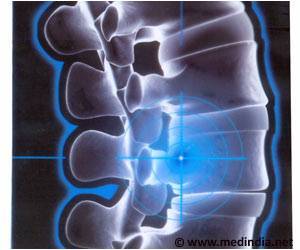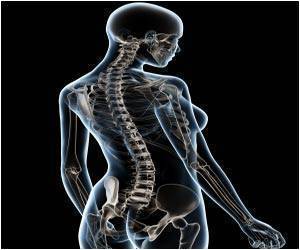Patients long paralyzed from spinal cord injuries showed gains in mobility and feeling through virtual-reality training and use of brain-controlled robotics.

‘Patients long paralyzed from spinal cord injuries showed gains in mobility and feeling through virtual-reality training and use of brain-controlled robotics.’





In four cases, doctors were able to upgrade their status to "partial paralysis," an unheard-of level of improvement using non-invasive techniques. One of them - a 32-year-old woman paralyzed for more than a decade - may have experienced the most dramatic transformation.
At the outset of the trial, undertaken at a clinic in Sao Paulo, Brazil, she was unable to stand, even with the help of braces.
Within 13 months, she could walk with the help of braces and a therapist, and could produce a walking motion while suspended from a harness.
"We couldn't have predicted this surprising clinical outcome when we began the project," said Miguel Nicolelis, a neuroscientist at Duke University in North Carolina and the main architect of the rehabilitative research. "Until now, nobody has seen recovery of these functions in a patient so many years after being diagnosed with complete paralysis," he told journalists in a phone briefing.
Advertisement
The progress translated into an enhanced quality of life according to the patients themselves, he added.
Advertisement
The underlying - but still unproven - theory is that this process provokes changes not only in the brain, but in the damaged spinal cord as well.
Nicolelis took the global spotlight in June 2014 when a paraplegic wearing a robotic bodysuit he co-designed delivered the symbolic first kick at football's World Cup in Brazil.
Source-AFP








